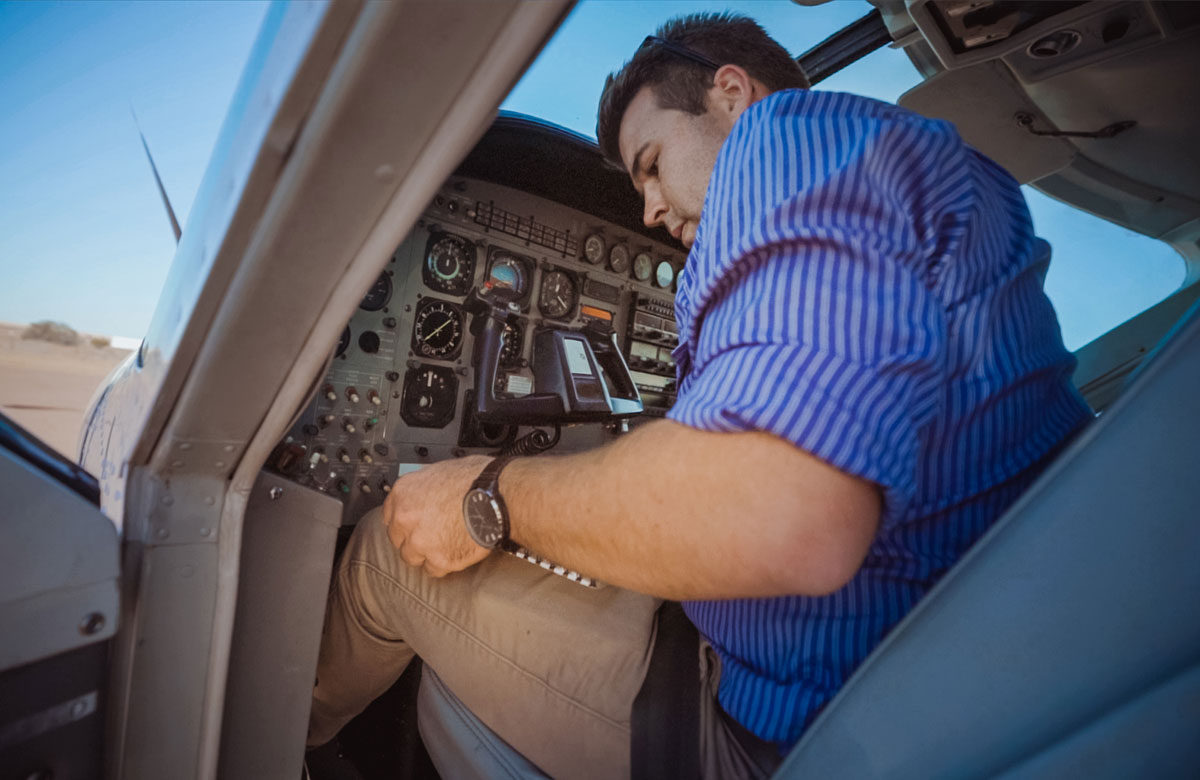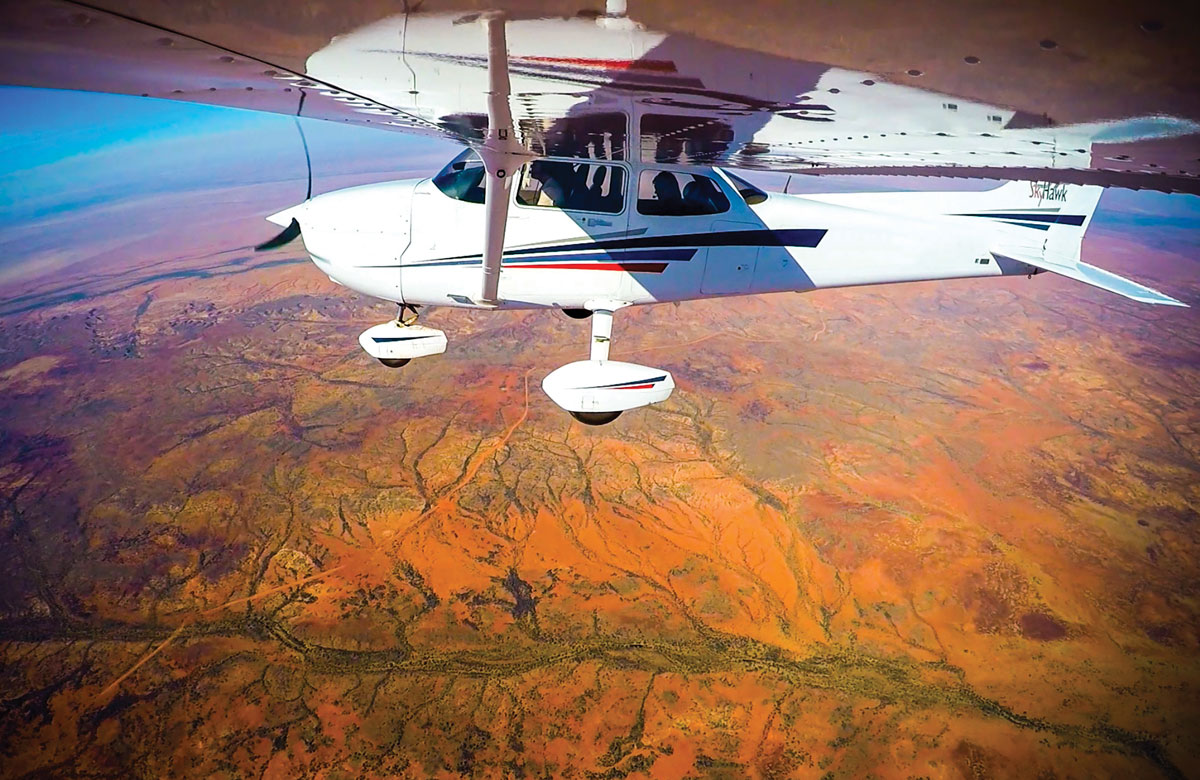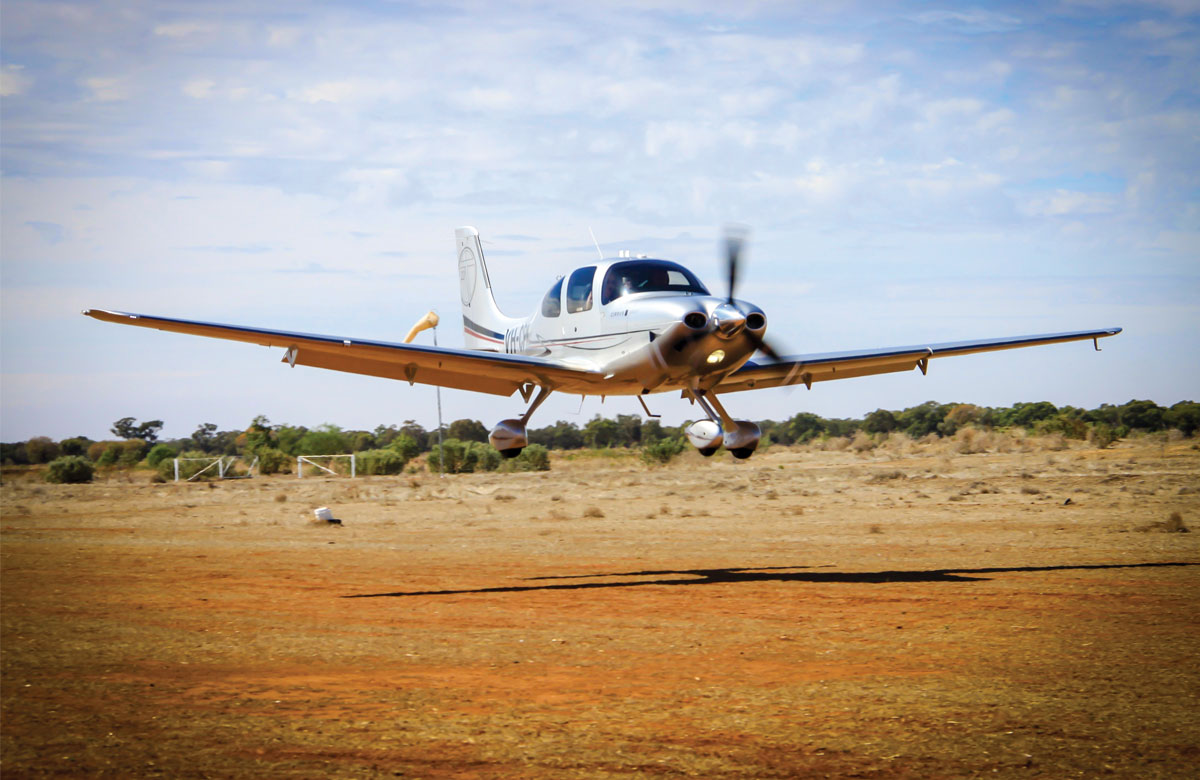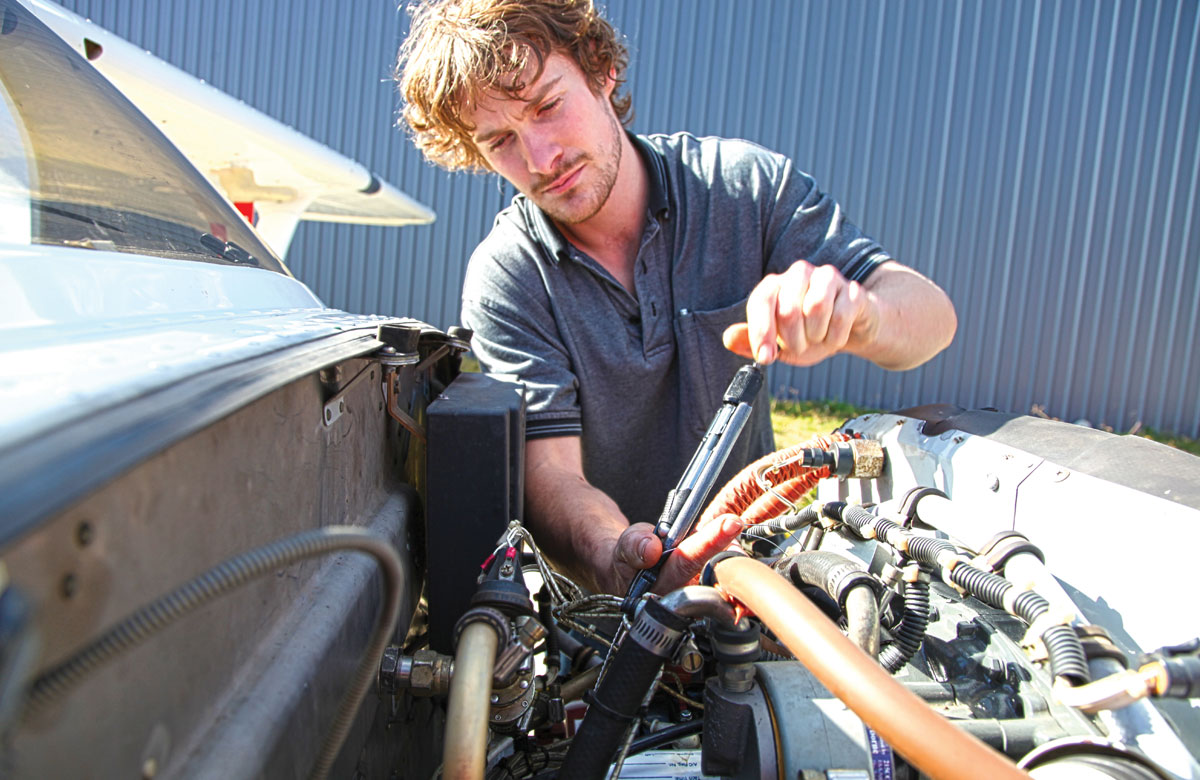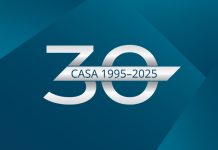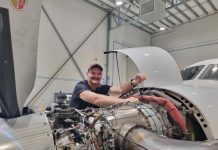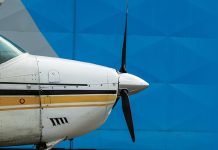CASA is overhauling its regulations governing maintenance of aircraft engaged in private and aerial work operations.
Any renovator, whether of a house, car or aircraft knows the situation; you fix up one part and it leads your eye to look at the rest of the project. A new kitchen puts the focus on the laundry room. A new engine in an old car highlights the need for new brakes, which themselves invite better wheels and tyres—it never ends.
It is the same with aviation regulation. The introduction of Parts 42 and 145 of the 1998 Civil Aviation Safety Regulations (CASR), which provide for maintenance of air transport aircraft, has highlighted the need for CASA to develop a set of maintenance regulations specifically for general aviation.
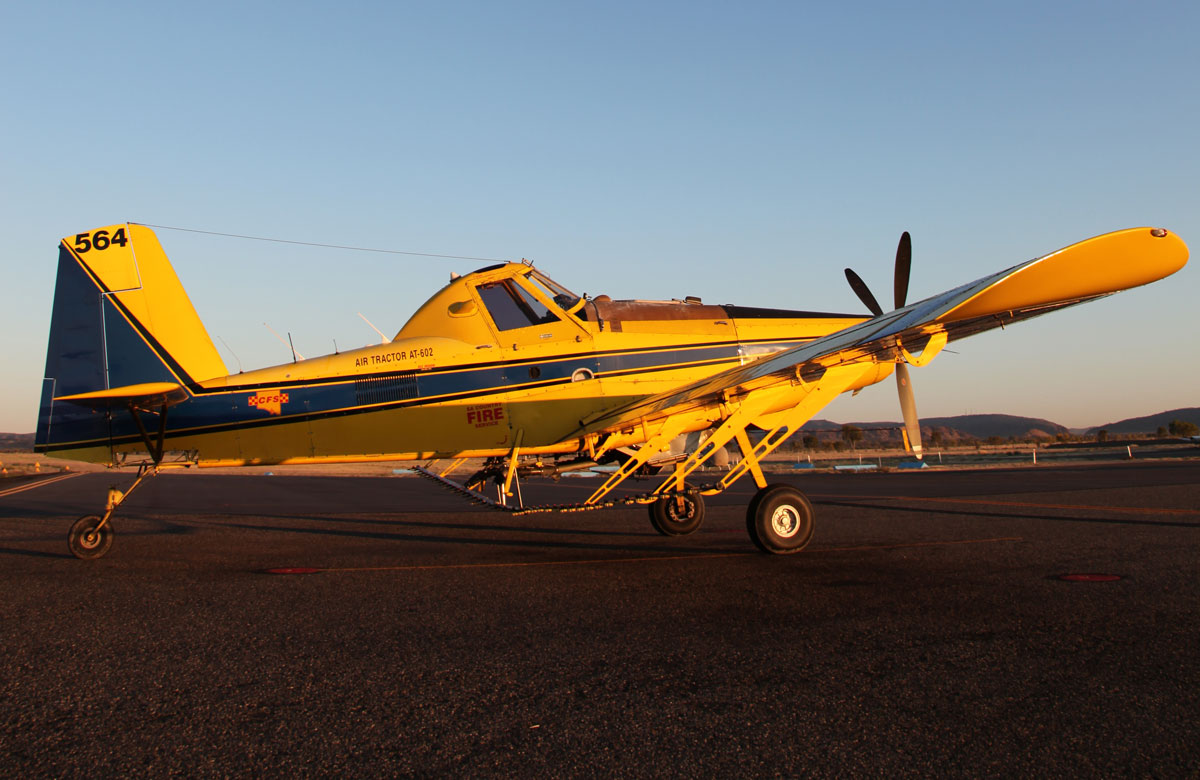
Currently, aircraft maintenance is regulated by the 1988 Civil Aviation Regulations (CARs). When they were drafted, the CARs were required to cover maintenance for aircraft of all sizes and complexity, and operating in private, aerial work, charter and air transport. This required a large and complex suite of regulations, orders and legislative instruments which, naturally, were weighted toward the highest level of safety regulation, appropriate to maintenance of air transport aircraft.
We will be developing a new set of maintenance regulations tailored specifically for general aviation, which will be based, as far as possible, on best practices in leading aviation nations.
Just to be clear: while there are many definitions of general aviation, in this context GA means only private and aerial work aircraft.
Aircraft engaged in carriage of passengers for payment such as charter scenic flights are not part of this project.
They will continue to operate under existing arrangements and will be dealt with separately under a future regulatory reform project.
The new regulations will have an overarching objective of minimising regulatory burden and reducing costs—but maintaining the high aviation safety standards demanded by all Australians.
In developing the new suite of maintenance regulations, CASA’s key objectives will be:
- compliance with the standards set by the ICAO for general aviation
- Annex 6 Part II—International General Aviation—Aeroplanes
- Annex 6 Part III, Section III—International General Aviation—Helicopters
- a regulatory structure based to the maximum practical extent on an established and appropriate international standard
- minimum regulatory compliance burden consistent with ensuring a level of safety appropriate for the GA and AWK sectors
- any changes are intended to be cost neutral or provide savings for the GA and AWK sectors wherever possible.
CASA proposes to adopt an existing rule set which meets the key objectives while maintaining an appropriate level of safety for the industry sector being regulated.
In approaching this task, the project team is considering the established rule sets of:
- USA Federal Aviation Regulations (FARs)
- New Zealand Civil Aviation Rules (NZCARs)
- Transport Canada Canadian Aviation Regulations (TCCARs),
- EASA Part-ML (Part -ML).
General aviation safety standards
GA safety standards in Australian are comparable with GA safety standards in the USA, Europe and New Zealand.
More recent analyses confirm this. In 2016, the accident rate in the USA was estimated by the FAA to be 1.03 fatal accidents per 100,000 GA flight hours.
The most recent figures available for Australia (ATSB 2013) indicated 1.3 fatal accidents per 100,000 GA flying hours.
To achieve the key objectives in a manner best suited to the industry, CASA will be working closely with the Aviation Safety Advisory Panel (ASAP) to consult with owners, operators and maintainers of GA aircraft. Consultation has begun as to which international regulatory package would most closely meet these requirements. Subsequent consultations will be undertaken as required to ensure that the policy details are appropriate for the desired outcomes.

